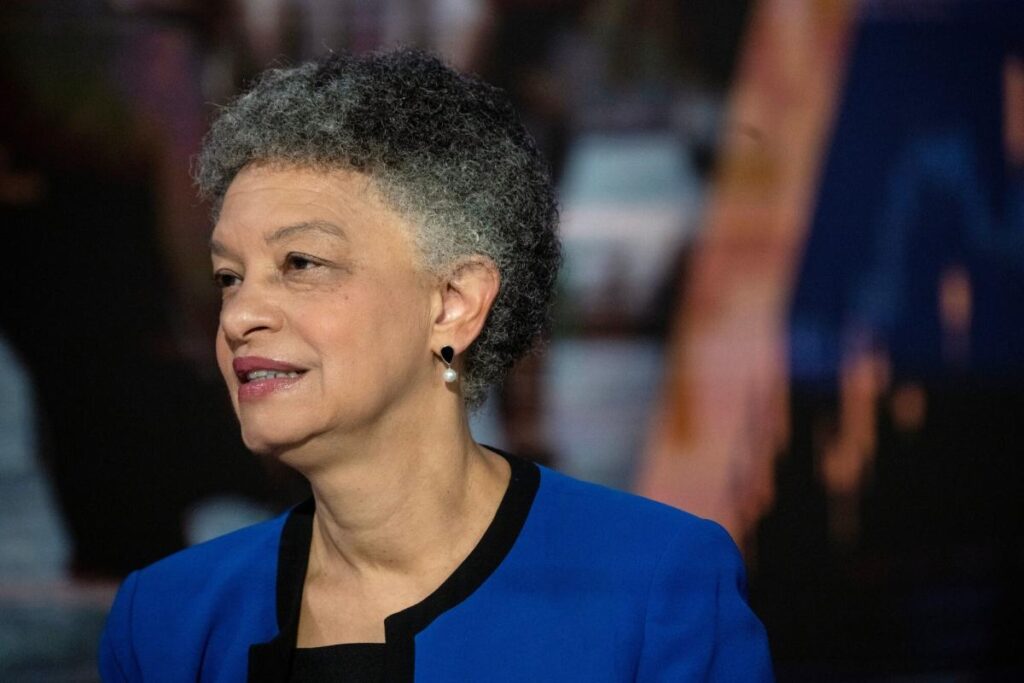Federal Reserve Bank of Boston President Susan Collins remains optimistic about the trajectory of inflation, believing it could return to the central bank’s target of 2%. After a conference on Friday, she communicated her views to reporters, suggesting that while data on inflation may exhibit volatility on a month-to-month basis, the overall trend appears strong. Collins emphasized that despite potential short-term fluctuations and bumps in the journey, a sustainable return to the 2% target is foreseeable. This indicates a level of confidence in the effectiveness of the current monetary policy tools being utilized to manage inflation.
Collins specifically highlighted that she does not perceive any new sources of price pressures emerging at this time. However, she acknowledged the persistent impact of housing inflation on core prices, suggesting that it may take some time for these effects to subside. This insight reflects the complexities of the inflation landscape, where certain sectors—like housing—can contribute to broader price increases even when overall inflation metrics appear to stabilize. Thus, while the Boston Fed president sees encouraging signs, she remains aware of the challenges that can come from specific industries.
The context of Collins’ remarks is shaped by the current monetary policy environment, which she described as restrictive. This indicates that the Federal Reserve has taken measures to curb inflation through higher interest rates, thereby influencing borrowing, spending, and investment behaviors across the economy. Her comments come at a pivotal time when discussions around potential interest rate cuts are becoming more pronounced, particularly with the Fed’s upcoming meeting scheduled for December 17-18. These decisions will ultimately be data-driven, indicating that the Fed is weighing empirical evidence in its approach to managing monetary policy.
As economic conditions evolve, the Federal Reserve maintains a careful balancing act between fostering economic growth and controlling inflation. Collins’ expressions of cautious optimism reveal a strategic awareness that while the path toward achieving the 2% target may not be smooth, the Fed’s goal is achievable with patience and appropriate policy adjustments. The emphasis on data as a critical factor for future actions underscores the Fed’s commitment to responding to real-time economic indicators.
Moreover, Collins’ commentary contributes to the broader discourse on inflation management within the context of ongoing economic recovery efforts. As the world continues to navigate post-pandemic challenges, central banks like the Federal Reserve have to adapt their strategies to emerging realities. Collins’ assessments reflect a nuanced understanding of inflation dynamics, highlighting her role as an influential figure in shaping policy responses in response to ongoing economic developments.
In conclusion, while there are hurdles ahead, the outlook shared by President Collins suggests that a return to the 2% inflation target is plausible. The combination of a restrictive monetary policy environment and an attentive approach to data suggests that the Federal Reserve is not only monitoring inflation closely but is also prepared to make necessary adjustments. As policymakers convene in December, the decisions made will significantly influence the economic landscape in the coming months, reaffirming the delicate balance of promoting stability while encouraging growth.

